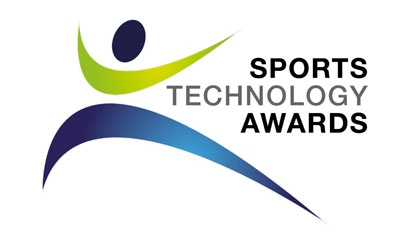Business Leaders Value Clout of Sports Technology Awards
December 15, 2014
The last year has delivered an absorbing and unforgettable twelve months of sport for both the committed and casual fan, cough central to which has been a sports technology industry that continues to expand at an impressive rate.
No longer the domain of major corporations, troche 2014 has seen the diversity of the sector’s organizations grow further still, illness with start-ups and SMEs as influential and prevalent as their larger contemporaries.
Institutions including governing bodies, telecommunications providers, bookmakers and airlines now have a hand in the sector and their work is being seen at the Sports Technology Awards, an event established to recognize the increasingly important role that technology plays in sport.
The diversity and calibre of individuals on the STA judging panel indicates that more than ever, the business community is seeing the value and importance of sports technology. Consisting of Olympic athletes, international referees and officials, coaches and clinicians as well as specialists from technology, business and national governing bodies, the awards has attracted names including David Dein, Marlon Devonish, Bill Sweeney, CEO of the British Olympic Association and Alex Trickett, Head of Sport UK at Twitter.
Technology has been likened to a steamroller and with every judge possessing a vested interest in the sector they have chosen to ride it instead of forming part of the road.
‘The kind of things that have been great have been that people will put a GoPro on anything that moves,’ said Richard Ayers, STA judge and CEO of digital specialists, Seven League.
‘The oculus rift is a really fantastic thing and I love what Spidercam is doing.
‘However data is where I think it is really fascinating and I will be interested to see what people do with capturing data and then using it to integrate with the fan experience.’
Putting the fan at the centre of future innovation is a vision shared by St. George’s Park chairman and fellow judge, David Sheepshanks.
‘The advances that are most important for the game are for the fans. That is where I really hope people are going to continue to concentrate their energies, in bringing new advances that improve the spectator experience both in the stadium and outside it. I want technology to be really fan-centric.’
Year-on-year the pool of technology on offer to both professional clubs and the public expands.
Apps, player trackers, training aids and administrative tools are just a handful of examples currently available. However of all of these, 2014 has been the year of wearable technology.
Its market goes from strength to strength with global revenue predicted to spike from $1.9bn in 2013 to $2.8bn in 2019. The accessibility, not to mention affordability, of the technology which in years gone by was reserved only for elite athletes has contributed to its mass appeal.
‘Wearable technology is one of the fastest-growing and exciting areas within sports tech today,’ says Andy Mallinson, Managing Director of social content marketing platform and STA sponsor, Stackla.
‘The ability to monitor and effectively analyse key components of health and fitness used to be the preserve of elite athletes. Now however, simply-designed and affordable wearable devices have revolutionised the way we track our fitness and activity levels.
This insight is not only invaluable, but also extremely interesting.’
Sports technology is constantly developing, a fact that excites all those with an eye on the sector. Increasingly technology has come to represent the progressiveness and ambition of the sports it revolutionizes and predicting where it will head next presents countless possibilities.
The pace at which it evolves means it pays to keep informed, one reason why the Sports Technology Awards is so well supported and embraced by its judges and the wider community.
For more information on the Sports Technology Awards, visit www.sportstechnologyawards.com.


